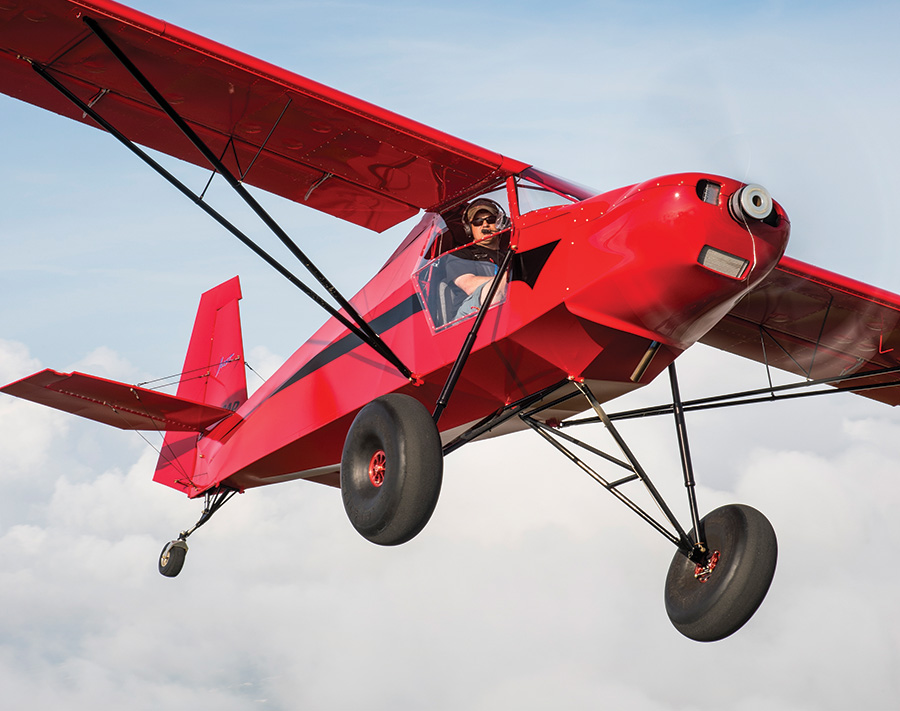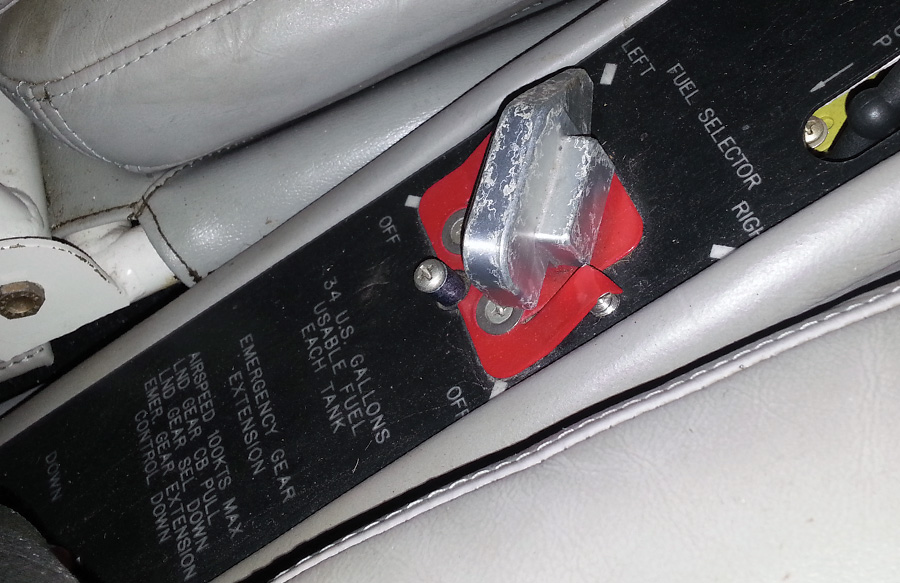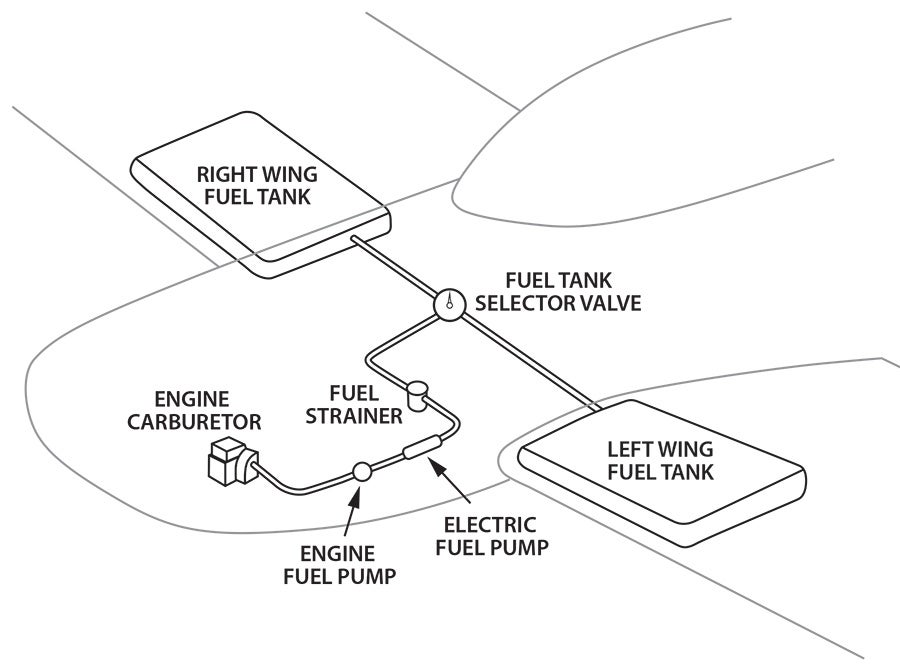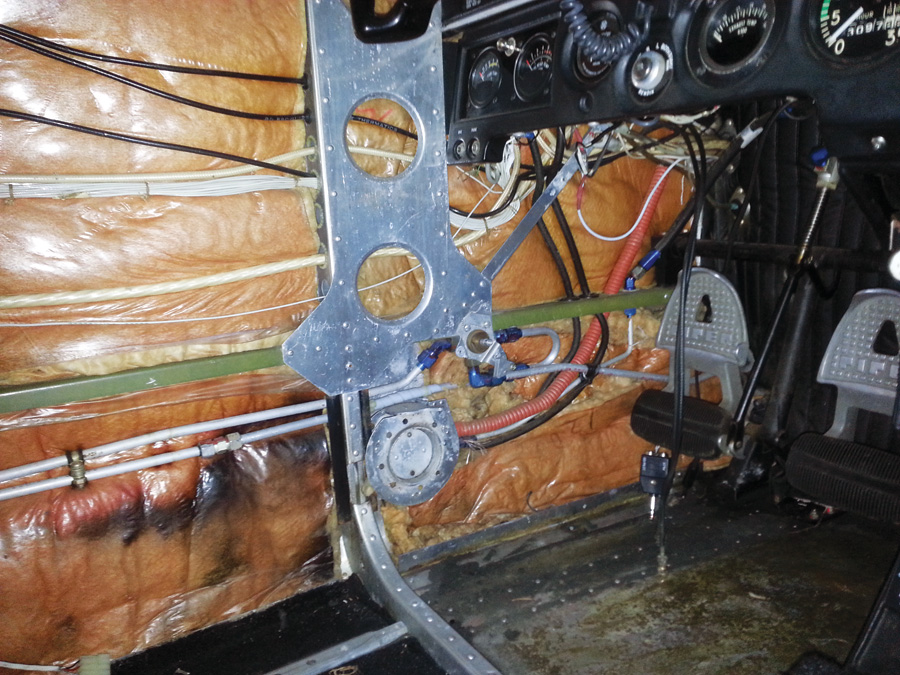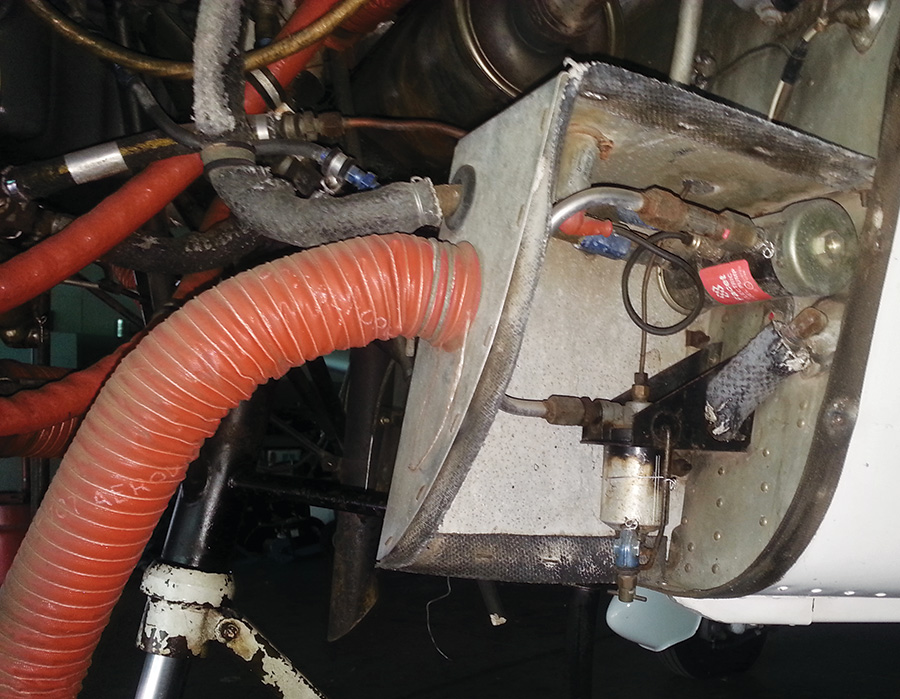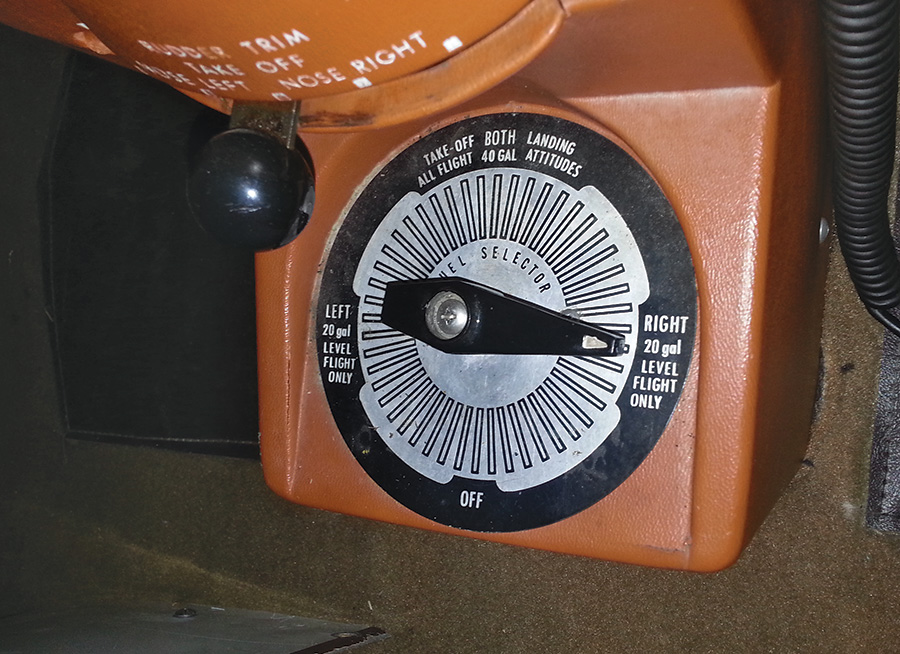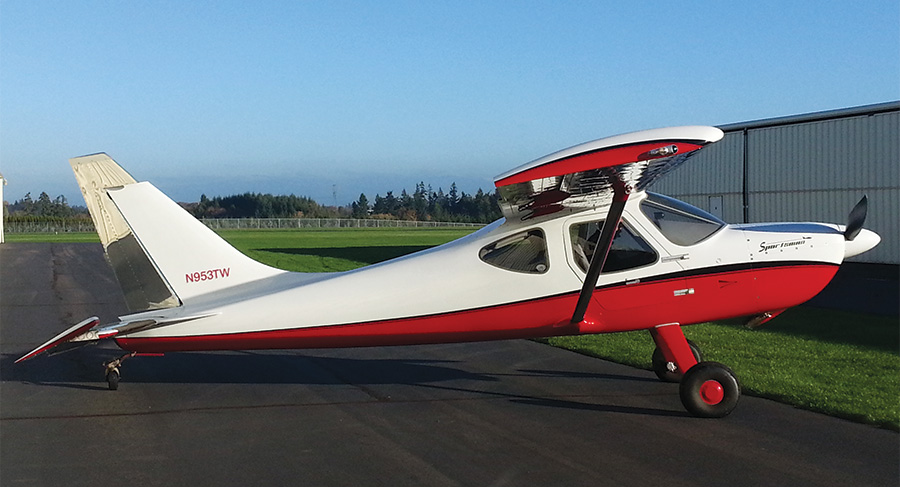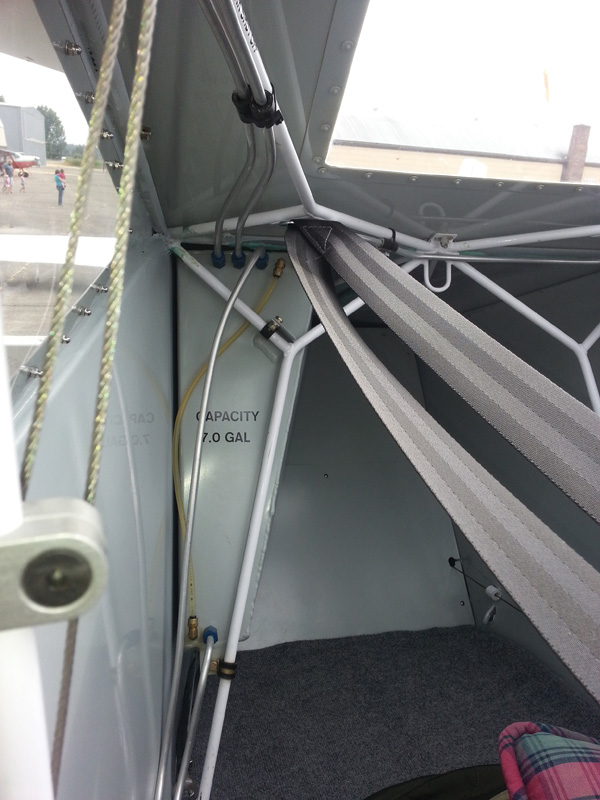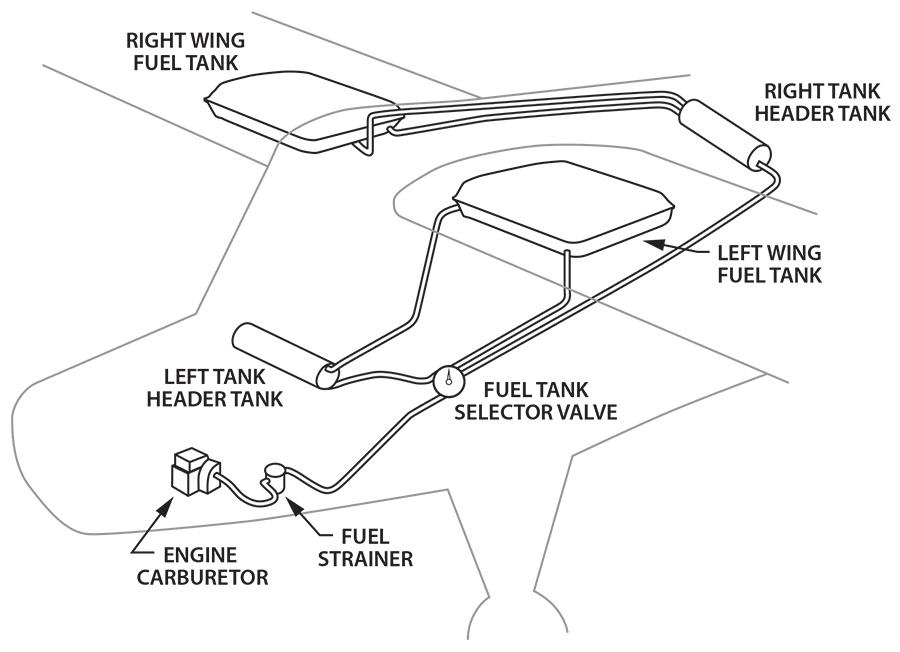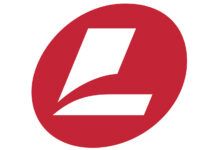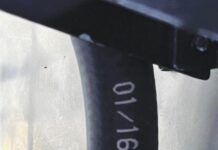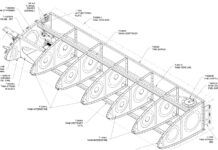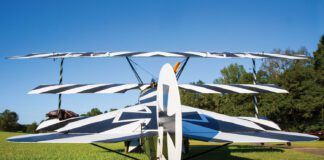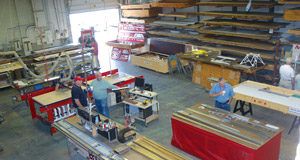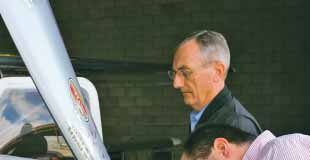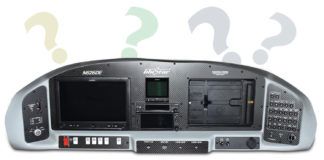Last month, we took a step-by-step trip through the fuel system. We covered the function and construction of the fuel tank, along with a look at the items either inside the tank or attached to it—the fuel filler opening and cap, vent system, fuel quantity indication system, and tank outlet strainer. The review picks up this month with a discussion of fuel delivery.
Fuel Feed
All fuel systems require some means of moving fuel through the system, delivering it to the engine with adequate rate and at the correct pressure. There are two ways to cause a fluid to move from one point to another: a mechanical pump or gravity. Many aircraft use some sort of pump, but if the fuel is always above the carburetor, it is possible to simply use gravity to move the fuel through the system from tank to carburetor inlet. This is absolutely the simplest (no moving parts), least expensive (it’s free!), and most reliable (no known failures to date) way to cause the fuel to flow through the system. For this reason, most high-wing aircraft that use carbureted engines have gravity-feed fuel systems. All other aircraft must use one or more mechanical pumps.
It is absolutely crucial that both pilots and designers of fuel systems understand the advantages and disadvantages of pump feed and gravity feed systems. The advantage of gravity feed is that fuel will flow even when any tank outlet is no longer submerged in fuel. But the disadvantage is that fuel can only flow downhill and at low pressure. This is why all aircraft with gravity-feed fuel systems have carbureted engines; gravity cannot create enough pressure to run an injected engine. The pump feed system is opposite to a gravity feed system in that the pump is able to provide sufficient pressure to not only move fuel to an engine that is higher than the tank, but to do so with the pressure required for a fuel-injection system. The disadvantage of a pump feed system is that no fuel will move if the outlet of any tank from which fuel is being drawn is exposed to air.
A simple experiment is very helpful in illustrating this principle: Take two straws and two glasses, fill both glasses with water, place one straw in each glass, then put both straws in your mouth and drink. Water will be drawn more or less equally from both glasses. No problem! Pour the water out of one of the glasses and repeat the experiment. No water is drawn from either glass. Big problem! Should only one of the straws become exposed to air, no water can be drawn even if the other glass is full.
It has happened that builders of a low-wing aircraft, in an effort to reduce pilot workload, have “improved” the fuel system by plumbing it to draw from both tanks at the same time. The modified system works perfectly right up until one tank goes dry, leaving otherwise useable fuel stranded in the other tank. All fuel systems must be designed so that no fuel pump can draw from more than one tank at a time, and this is why you do not see a “both” position on the fuel selector in low-wing aircraft. (See Figure 1.)
Figure 1: Micco SP-26 fuel selector valve installation. Note that there is no “Both” position for the selector on this low-wing aircraft.
All pump-feed fuel systems must have two pumps: a main pump and an emergency or auxiliary pump to be used in case the main pump fails. For a reciprocating engine, the main pump must be directly driven by the engine. For all engine types, the power supply for the emergency pump must be independent of the main pump power supply. The most commonly seen fuel system configuration is to have the engine-driven pump backed-up by an airframe-mounted electric pump that is operated only when the aircraft is close to the ground. If the emergency pump is operated continuously, there must be a means to indicate that either the main or emergency pump has failed.
Pump feed systems work by drawing or pulling fuel from the tank, to the inlet, to the engine-driven pump, which makes a pump feed system inherently susceptible to vapor lock. The fact that avgas is becoming less and less available compared to auto fuel, coupled with the fact that more and more light aircraft are being designed to use engines approved for auto fuel (which turns to vapor at a higher pressure than avgas), makes it doubly advantageous to place the emergency pump as far upstream in the fuel system as possible. This will push the fuel, rather than pull it, which minimizes the possibility that vapor lock will occur.
Fuel Line Installation
Regardless of whether gravity or a pump provides the force, the fuel needs an enclosed vessel in which to flow. Metal tubing or flexible hose is routed through various parts of the airframe to carry fuel from the tank outlet to the rest of the system (supply line), to allow air to enter and exit the fuel tank (vent line), and to carry excess fuel from the engine back to a tank (return line). It is necessary that each supply, vent, and return line be installed and supported to prevent excessive vibration and to withstand loads due to fuel pressure and accelerated flight conditions. Fuel lines made from metal (almost always aluminum tubing) are not subject to aging or wear like a flexible hose and may be considered a permanent part of the airplane, so providing access for maintenance or replacement is not a major concern. What is a major concern, however, is that all fuel lines, whether rigid or flexible, be routed separately from electrical wires. If fuel lines and electrical wires must cross, the fuel line should run below, rather than above, electrical wires. Fuel lines should be placed away from possible ignition sources like electrical batteries and hot exhaust components. Fuel lines should be routed such that in a crash situation, the structure can deform without causing a break in the fuel line. For this reason, fuel lines are routed along heavier structural members wherever possible, as shown in Figure 2.
Figure 2: Fuel selector valve installation in a PA-28. Note that the valve has good structural support, the fuel lines are well supported, and they are routed separately and below electrical wire runs. They also run along a structural member.
Landing gear and engine mounts must be able to tear away without taking a fuel line with them. Fuel lines, along with other fuel system components, must be protected such that a hazardous amount of fuel will not be spilled in a gear-up landing. This means that flexible hoses must be used between the engine and the airframe. Fuel lines located in an area subject to high heat—the engine compartment in particular—must be fire resistant or protected with a fire-resistant covering. (See Figure 3.)
Figure 3: Auxiliary pump, gascolator, and fuel line installation on a PA-28. Note that the fuel hoses have fire-resistant covering, the pump and gascolator are well supported and protected from the heat of the engine compartment by an enclosure that is fed with outside air, and that the gascolator drain will not be broken off, even in the event of nosegear failure. Note also that all items are readily accessible.
Shut-off/Selector Valve
In the event of an engine fire, prop failure, or serious engine failure, the pilot must be able to immediately stop the flow of fuel to the engine. For this reason every fuel system must have a shut-off valve for each engine. Because engine fire is one of the reasons for having a shut-off valve, a key requirement is that the valve must not be located on the engine side of the firewall.
Adequate structural support must be provided for the valve, so that the flight loads or forces required to operate the valve are not transmitted to the fuel lines running to it. Otherwise the fuel lines could develop fatigue cracks and begin leaking. Figure 2 shows how the fuel valve in a PA-28 is structurally supported.
The valve must be installed so that it stays in the position that the pilot placed it and doesn’t move due to gravity, vibration, or maneuvering loads. Additionally, the valve must be installed in such a way that it isn’t likely to be accidentally moved when the pilot (or anybody else!) brushes against it while moving around in the airplane. Another operational requirement is that it must be possible for a closed valve to be rapidly reopened.
Because the valve is to be used during flight, it must be accessible to the pilot while wearing a seat belt or harness. As obvious as this requirement seems, the leading cause of the crash of a homebuilt in which a famous entertainer lost his life was cited as “inability to execute safely a switch of fuel tanks in flight.” Rather than place the selector valve in the location recommended by the designer, the builder of that particular aircraft chose instead to place the valve in a difficult-to-reach location. Like many builder “improvements,” it probably seemed like a good idea at the time.
In aircraft having multiple fuel tanks, the shut-off valve is often also the selector valve that determines which tank fuel is drawn from. To prevent accidentally shutting off fuel altogether when switching tanks, selector valves must require a separate and distinct action to place the selector in the “Off” position. As further protection, selector valves must have the selector positions located so that it is impossible for the selector to pass through the “Off” position when changing from one tank to another. To eliminate any possible confusion over which fuel tank has been selected, the position of the selector valve handle must point toward the tank being selected. The selector valve installation in a Micco SP-26 shown in Figure 1 meets all these requirements.
Fuel Filtration and Drainage
There must be a fuel filter between the tank outlet and the engine. The filter must be able to filter particles that are at least as small as the largest allowed by the engine without impairing the operation of the engine. The fuel filter, just like the fuel strainer, must be accessible for inspection, cleaning, or replacement. Adequate structural support must be provided for the filter in all loading conditions.
There must be a drainable sediment bowl located at the lowest point in the fuel system, and it must be possible to safely drain the entire system with the airplane in its normal ground attitude. Additional drains may be used if necessary, but each drain must discharge clear of all parts of the airplane, be readily accessible, allow fuel to be caught for examination, and have a valve that has a manual or automatic means for positive locking in the closed position, but can be easily opened and closed.
For aircraft with retractable landing gear, the location of the fuel drain must prevent fuel spillage in the event of a wheels-up landing.
Many, if not most, light aircraft place a gascolator (combination filter and drainable sediment bowl) near the bottom of the firewall. This is a good location for accessibility and structural support but, being on the “hot” side of the firewall, has the potential to raise the temperature of the fuel on its way to the engine.
Figure 3 shows a gascolator installation that meets all the design requirements while also keeping the fuel cool. It’s a good design for both safety and ease of maintenance.
Each of the components common to every fuel system has been reviewed, and the many design requirements have been discussed. The fuel system has presumably done its job of containing, conditioning, and transporting the fuel to the point of being consumed by the engine.
The thrust of this article will now change from looking at features common to all fuel systems and will focus instead on fuel system design features that are only seen in certain instances.
Aircraft with Multiple Fuel Tanks
In a high-wing aircraft having multiple tanks, the tanks are plumbed to come together either at or before the selector valve. For lowest pilot workload, lines come together before the valve, and the valve is either on or off. If it is desired to give the pilot the ability to draw fuel from one tank or the other or both at the same time, this is possible. The Cessna 172 (see Figure 4) is an aircraft where the two tanks are plumbed to come together at the valve.
Figure 4: Cessna 172 fuel selector valve. Note that the gravity-feed fuel system on high-wing, carbureted engine powered aircraft allows fuel to be drawn from both tanks at the same time.
Any time that the fuel tank outlets are interconnected, such as when two tanks are connected in series to each other (for example a high- or low-wing aircraft in which each wing has two tanks), or when two wing tanks are being drawn from at the same time (high-wing aircraft only), the vent lines must also be plumbed together.
It must be impossible, in a gravity feed system with interconnected tank outlets, for enough fuel to flow between the tanks to cause an overflow of fuel from any tank vent.
In a low-wing aircraft having multiple tanks separately plumbed to a valve that draws from one tank or the other, but not both at the same time, the tanks must be vented separately. All fuel tanks on a multi-engine aircraft must be independently vented.
When there is a loss of power due to one tank becoming depleted, it must be possible in level flight to achieve 75% power within 10 seconds of switching tanks in a naturally aspirated single-engine aircraft. If the aircraft is turbocharged or has more than one engine, 75% power must be achieved within 20 seconds of switching tanks.
Some aircraft have been designed to carry fuel in outboard wing tanks or even tail surfaces. This is definitely a compromise, as the added weight/cost/complexity of the necessary fuel lines and pumps is never a good thing. This sort of fuel system configuration also requires the pilot to open a valve and/or turn on a pump when it is time to transfer the fuel to another tank. There is not only the problem of the pilot possibly forgetting to transfer the fuel, but also the question of what to do if a pump or valve should fail, leaving fuel “stranded” in the wing or tail.
The Glasair Sportsman (see Figure 5) is an example of an aircraft with inboard and outboard wing tanks. Because the Sportsman’s dihedral angle is small, gravity will not provide for adequate flow between tanks. Instead, the pilot must switch on a pump to transfer fuel from the outboard tank to the inboard tank. The fuel system requires a check valve to keep the fuel in the inboard tank from flowing back to the outboard tank. In this sort of system, the fuel tank vents and the fuel transfer system must be designed so that no structural damage to any airplane component can occur because of overfilling any tank. The designers of the Piper Saratoga simplified the task of managing fuel in multiple tanks by simply connecting the outboard and inboard tanks on each wing so that they function as a single tank. The wing dihedral angle of the Saratoga allows gravity to move fuel between tanks, so a system of pumps and check valves is not needed.
Figure 5: The Glasair Sportsman uses a system of pumps and check valves to move fuel between inboard and outboard wing tanks.
Figure 6: Just SuperSTOL header tank. Notable features are good structural support, a transparent “sight tube” for determining quantity, and a fuel return line entering at the top of the tank.
Header Tanks
A header tank is a reservoir of fuel placed in the fuselage between the engine and all other fuel tanks. It is a commonly used means of ensuring an uninterrupted flow of fuel to the engine when the aircraft experiences extreme attitudes including, in certain instances, periods of inverted flight.
The capacity of a header tank can vary from a few quarts to 10 gallons or more. A large-capacity header tank is sometimes called a fuselage tank, even though it performs the same function. Some header tank systems use gravity to push fuel from the main tank through a header tank to the carburetor inlet. Just such a system is used on some versions of the PA-18 Super Cub. Other header tank systems gravity feed fuel to the header tank, and then there is a pump to move the fuel to the inlet of the engine-driven pump. The Just SuperSTOL is an example of such a system. Figure 6 is a photo of the SuperSTOL header tank. Still other header-tank systems use a pump to move fuel into the header tank, which then gravity feeds to the carburetor or electric pump inlet. In all instances, the header tank must be vented such that it quickly and completely refills once flight at normal attitude is resumed.
Fuel Return
A fuel return is used when more fuel is pumped to the engine than it can consume, and the excess fuel is returned to a fuel tank. Returning excess fuel to the tank is a feature of the “common rail” electronic fuel injection system used in automobiles. One of the main advantages to using a fuel return in an aircraft is that by keeping fuel constantly flowing between the tank and the engine, the system is much less prone to vapor locking because the fuel isn’t able to become hot enough to vaporize in the line.
The fuel systems for some carbureted pump-feed engines such as the Rotax 912/914, Continental engines with mechanical fuel injection, and engines with electronic fuel injection such as the Rotax 912iS and ULPower engines require a fuel return.
Particularly as engines intended to run on auto fuel are becoming increasingly prevalent, fuel systems will need to be designed with return lines. The challenge is in getting the return flow routed back to the tank. For a single-tank aircraft such as the RV-12, or one with a header tank such as the Just SuperSTOL (see Figure 6), sending the return fuel back to the tank is simply a matter of installing an additional fuel line back to the tank.
What to do for a non-header-tank system with multiple tanks—return fuel to only one tank? It’s possible but operationally awkward because fuel isn’t always being returned to the tank the selector valve is pointing toward. A special fuel valve called a duplex valve is used to send the return fuel back to the tank being drawn from. A duplex valve is essentially two valves actuated by a common shaft. Fuel headed toward the engine passes through one half of the duplex and return fuel passes through the other half. Of course, a duplex valve is larger, heavier, and more expensive than a single valve so, as with all things aeronautical, there is a trade-off.
A further challenge presented by an engine requiring a return line is that of accurately measuring fuel flow. For a non-return system all the fuel going through the transducer is immediately consumed by the engine, so measuring fuel flow is simply a matter of getting correct calibration. In a return system some of the fuel passing through the transducer flows back to the tank, so there must be a second flow transducer installed to measure return flow. The fuel computer calculates the difference between the two transducers, and a single number for fuel flow is displayed. This is a satisfactory solution, but besides the weight and extra wires that are required, each transducer costs $200. Ouch! An electronic fuel injection system has the advantage here because no transducers are required. The engine control unit (ECU) that controls fuel flow can also pass that information (along with a bunch of other engine data) directly to the EFIS.
Conclusion
This article series has reviewed the details of fuel system design and has sought to give insight into how the configuration of the fuel system is shaped by the design requirements to which a certificated aircraft must conform. While a homebuilt aircraft is not strictly required to adhere to any design requirements, it is healthy to remember the old saying, “Every design requirement is written in blood.”
In the same way that certificated aircraft are required to meet design requirements before being approved, changes to certificated aircraft are required to show that the level of safety is at least held constant before they are approved. The same culture of improving safety should be part of the homebuilt aircraft culture, too.

